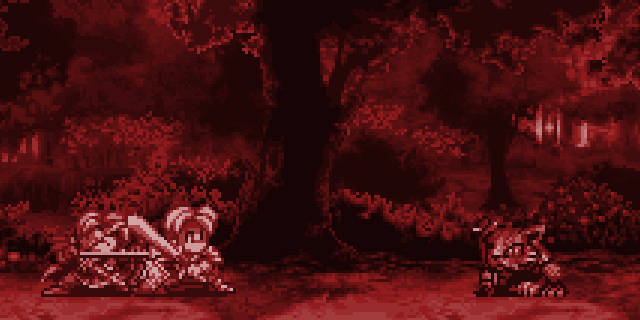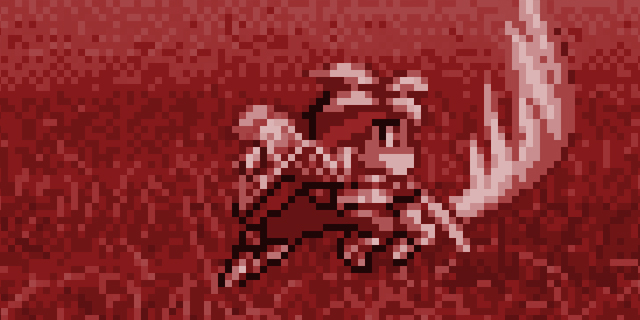
In From Pixels to Polygons, we examine classic game franchises that have survived the long transition from the 8- or 16-bit era to the current console generation. This time, Chris Dominowski and Jeff deSolla take on Namco’s long-running Tales series of JRPGs.
While the West prefers its action-RPGs to be open-world, narrative-light romps that emphasize freedom, Japan has another take, and no series embodies these goals quite like the Tales series. From its SNES debut to the most recent releases, the series has made many adjustments to try to find its footing in a shifting JRPG landscape.
Hitting the ground running
At the time, Tales of Phantasia was the largest game ever put onto a SNES cartridge, weighing in at a whopping 48 megabits. This was thanks in part to the game’s large, detailed sprites, and a fully-voiced opening theme that pushed the SNES sound chip to the limit. Tales of Phantasia was a technical masterpiece, showing the SNES could still handle top-tier RPGs in the face of fresh competition from the Saturn and PlayStation.
Tales of Destiny was released on the PlayStation, and made conservative use of the new platform’s extra horsepower. It only showed occasional hints of effects that could not be done on the SNES, such as a polygonal world map. It was the first game in the series to incorporate four-player cooperative play, thanks to the PlayStation’s multitap. This feature would eventually become a series staple, and one of the main appeals of Tales. The next game, Tales of Eternia, offered little in the way of new features, outside of a faster-paced battle system and the ability to manually switch control to other party members.
Destiny II was the first game in the series to be released on a sixth-generation console. The game retained the sprite-based look of its predecessors, but used the extra muscle of the hardware to introduce new features such as battlefield scaling to focus in on different areas of the combat screen. It also introduced the meta-game scoring system known as GRADE, which gave the player points for their efficiency and creativity in battle. These points could be spent at special shops for bonus items and equipment.
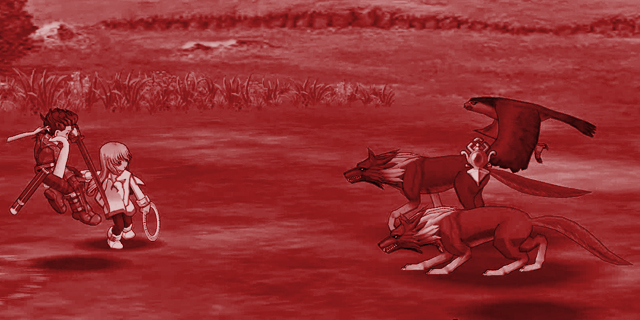
A tasteful transition
Tales of Symphonia would break new ground as the first 3D entry in the series. The transition to polygonal characters and environments was handled gracefully. It did away with the single-plane battle system, allowing each player to occupy a distinct lateral vector in the battlefield. As a result, the combat was far less cramped and confused than in previous games. It was possible to change planes or even juggle enemies into an ally’s attack path to build up your combos; the new battle system borrowed from Namco’s experience with Tekken to produce fast, fluid 3D combat. Players could also use the new unison attack system to team up with allies for super-moves. Symphonia showed that the hectic charms of the series could make the jump to the next dimension smoothly and tastefully.
While many fans embraced the new direction that the series took by moving into 3D, others still felt that the classic single-plane 2D system was more coherent and made tactics such as combo execution less involved. Tales of Rebirth attempted to bridge the gap between these two bases. Instead of implementing the single-plane combat system from previous games, Rebirth separated battles into three parallel planes, similar to the system used in Guardian Heroes.
If Rebirth was the modernization of the traditional 2D Tales formula, then the next game, Tales of Legendia, was purely the regression back to it. Legendia contained a great many of the trappings of Phantasia, for better or worse. The aesthetic had more of the semi-chibi stylings of the former, along with the single-tiered iteration of the series’ characteristic Linear Motion Battle System, abandoning the three-tier system of its immediate predecessor. The game also did not feature any major changes to the battle system that had not been seen before, but instead polished existing features to work at a faster pace than the SNES original.
Reviving efforts toward a fully-3D game, Tales of the Abyss brought a multitude of changes to the Tales formula. The battle system created elemental fields that could power up certain attacks of the same type. It also introduced Free Run, the ability to move around the battlefield without the constraint of linear planes. Minute things about the world would be affected by the plot, such as prices in shops or the movements of NPCs. Finally, characters’ growth could be affected by equipping items called Capacity Cores in a system much akin to Final Fantasy VII’s materia. All of this amounted to one of the most dramatic overhauls the series had seen in quite some time.
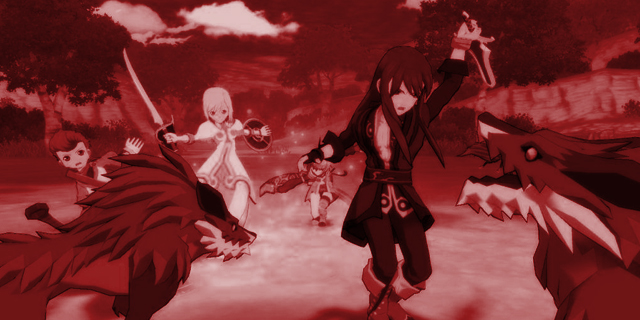
A Tales for a modern era
Tales of Innocence was released on the DS, and combined systems from both Abyss and Destiny’s PS2 port to allow for full 3D movement during battle. While the core systems did not change all that much beyond simply becoming the next logical step from the PS2 games, it was a significant accomplishment on a handheld system, and was the first main Tales game to release exclusively on a handheld.
Tales of Vesperia singlehandedly sold a great deal of Xbox 360 systems in a Japan that never really warmed to the console. Building on the innovations of Abyss, Vesperia added more flexibility to the combat system, encouraging players to use tactics traditionally reserved for fighting games such as cancels and chaining. It did so by including new types of attacks meant to follow each other if performed correctly.
With Tales of Graces on the Wii, Tales Studio attempted to create the largest game yet in the series, despite working with the least powerful home console of the generation. Some of the features Tales of Graces introduced included the ability to quickly dodge behind an opponent during battle, and the ability to forge new weapons out of old gear. However, the biggest change to Graces was a simplified action meter the player could wait to refill before launching attacks and spells. This eliminated the necessity of managing both HP and TP, simplifying the system quite a bit (for better or worse).
Tales of Xillia featured far more complex visuals and gameplay than Graces, as it was designed from the beginning as a PS3 game. The battle system was further refined, moving to only one pool of TP to manage, with a counter limiting the number of attacks available, similar to the action meter in Graces. As with many games in the series, the system was very much an iteration of what came before. A direct sequel, releasing in North America next month, retains much of Xillia‘s mechanics and feel.
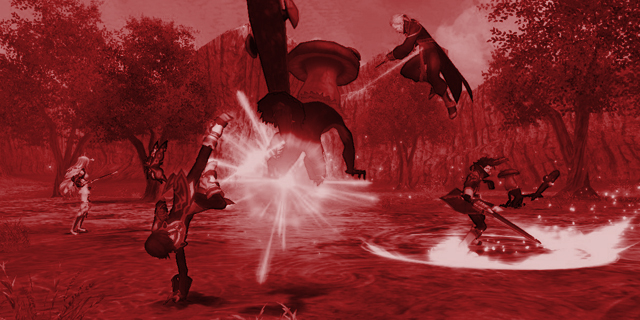
What’s the peak of the Tales series?
Jeff: I have to go with Tales of Graces. It came out at an all-time low point for the series in the West, bringing about a revival of interest in the series among JRPG fans. Tales has always had a small but devoted following outside Japan, but Graces led to four more Tales localizations, of which two have been released so far.
Chris: Tales of Symphonia just has a special whimsical charm that makes it so appealing; coupled with its cel-shaded visual aesthetic and bright colors, it makes it arguably the most endearing game in the series. That said, on a mechanical level, Tales of the Abyss is probably the better game. It makes better use of the 3D battlefield, free run is a godsend and you have more flexibility with attack types and comboing. That, and the plot is more engaging: the hero goes through some of the most drastic character development I have seen in an RPG.



